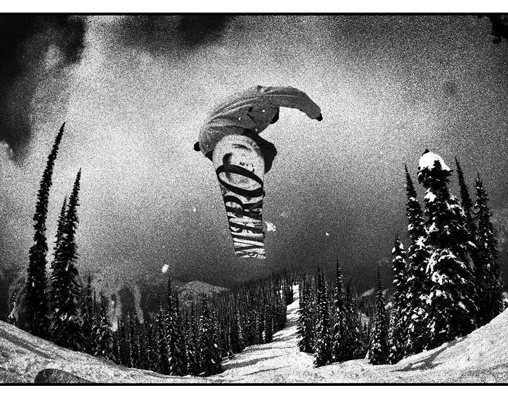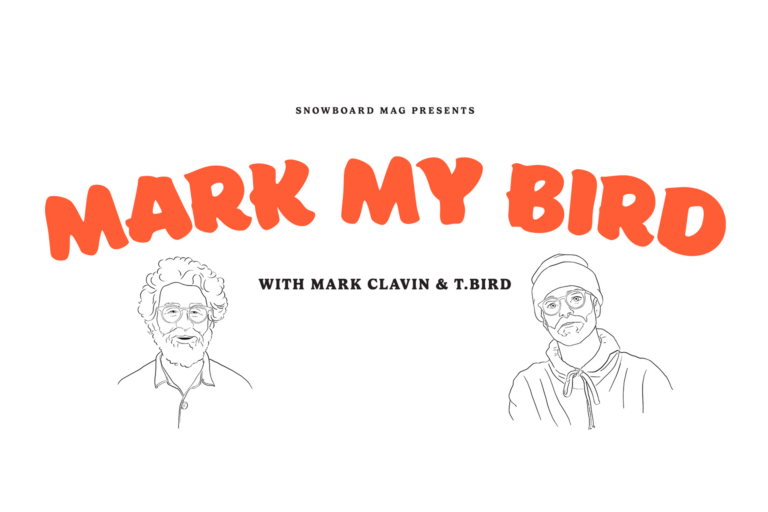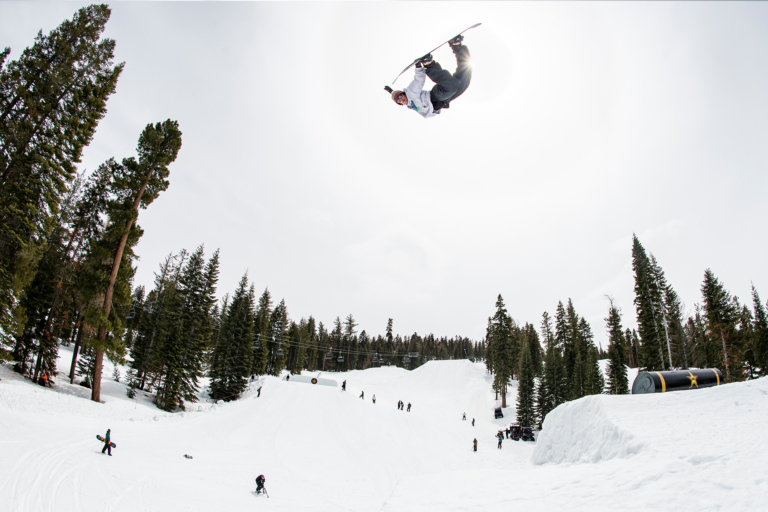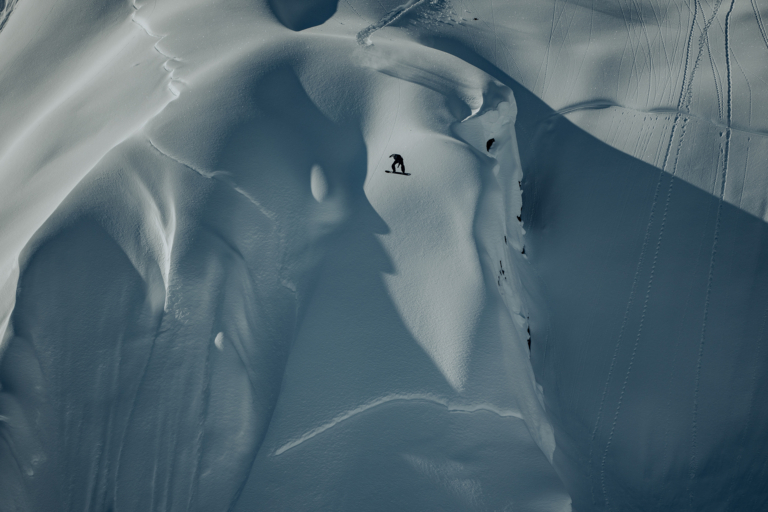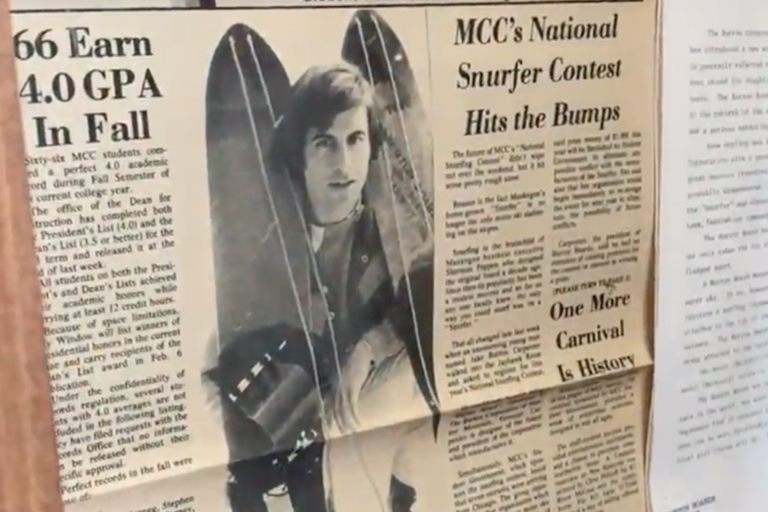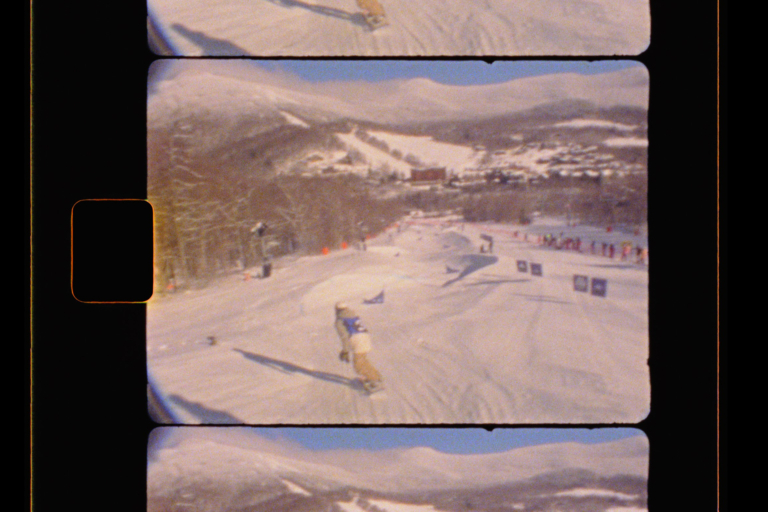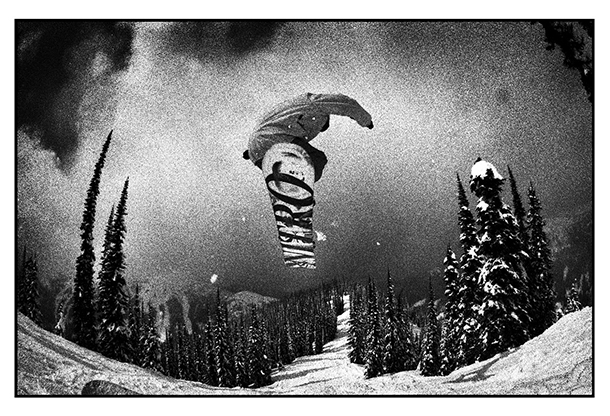
One look at a photograph from Jérôme Tanon, and it is instantly clear that this guy is different. Tanon’s photos ooze style, they are superbly captured moments, both loud— Gigi Ruf throwing a massive SW BS 1— and quiet— like Rusty Ockenden, silently contemplating a crash. In a world where technology is constantly topping itself, and immediate gratification is the norm, artists like Tanon are an enigma. Tanon shoots using film, which he then develops in a dark room around the corner from his Annecy, France apartment— a tedious process that demands both time and talent.
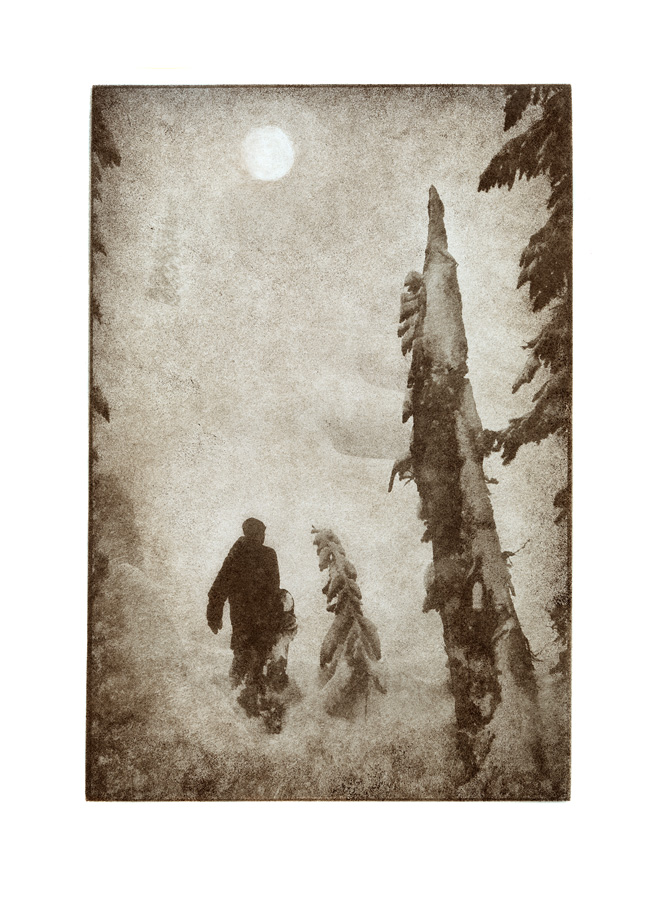
But what Tanon loses in terms of instantaneous turn-around, he gains in artistic ingenuity. His photos are incredibly unique; they capture a side of snowboarding that gets lost in this over-digitized age. Grainy, gritty images with heart and soul are Tanon’s trademark, and with them he has made an indelible mark upon the world of snowboard photography. Just this season, Tanon nailed his first lith cover shot, with a jaw dropping photo of Laurent Duhalde in Quebec —grind one-foot out— gracing the cover of our 2014 Buyer’s Guide.
How did you get into snowboard photography?
I was snowboarding for some time already when I started shooting my friends at the park and at street spots. I haven’t been to a photo school at all; if it weren’t for snowboarding I probably would have never picked up a camera. I was looking at all the magazines, and the photo issues were my highlight. I was impressed by the diversity and creativity in the photos, it was going way beyond regular action shots, showing something way more passionate than a simple “sport.” As much as I loved snowboarding and the idea of freedom that was behind it, I found out that documenting it and living it was what I wanted to do in life. I dropped my studies and dived into it.
How have you cultivated your style?
I don’t feel like I cultivated anything really, I was starting from scratch so little by little I learned how to use the cameras and lenses, the flashes, then tried a bit of film and totally fell in love with it. I loved the grain right away, the trueness, the physical reality of the negative. That’s how I started shooting film and couldn’t go back to digi. I tried a lot of different stuff, naturally going to things I thought could be beautiful, which doesn’t mean other people find it beautiful as well, but at least I try!
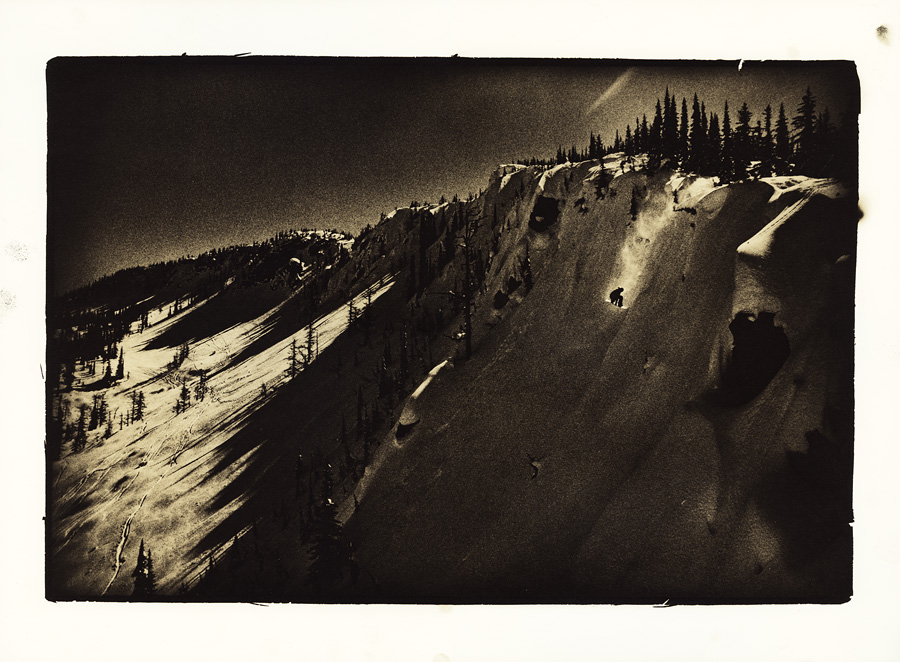
Has your style evolved since you first started shooting?
Yes of course, and it still does. Film photography is endless, it has infinite possibilities, techniques to explore, styles; it leaves you the possibility to create your own processes as well as to develop. The more techniques I learn every year the more I can be creative. I usually use my summer time to try new stuff and learn, and it gives me ideas for the next season’s serial works.
How have you come up as a photographer within this industry? Did you spend time shooting 2nd angle?
Not really… I must say, I shot mostly in Les 7 Laux when I was living in Grenoble with the local riders, took advices from older French photographers, and started to send my photos over to magazines. After a while they began to select some photos and it kept going on that way.
Also See: Behind The Lens: Jérôme Tanon explains his 2014 Buyer’s Guide cover shot
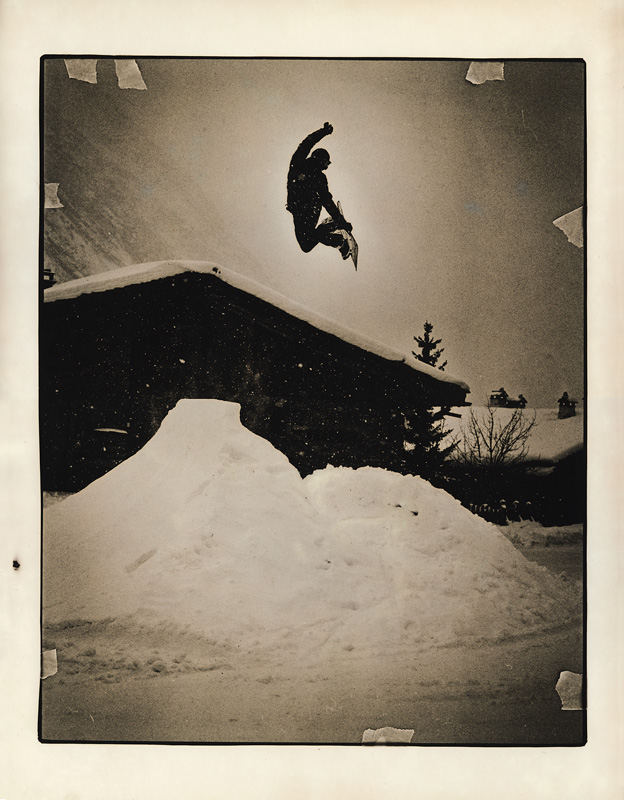
Who, or what, inspires you?
Every other snowboard photographer, really. The level of photos nowadays is incredible— just open any photo issue and see for yourself. I’m blown away every time by the other photographers. Every season there are new people popping up with superb shots and obvious passion, it’s awesome. I couldn’t site you names because really I love everybody’s different eye, but the one who most inspired me when I was younger and helped me to start out was Matt Georges. The guy is very silent but his photos are loud! On the other side I find inspiration in photographic processes and techniques, in photos outside the snowboard world from film fanatics and darkroom lovers from all over who share their work on the internet.
How long does it take for you to develop your photos?
I can develop up to four rolls at a time (if they are the same) in my tank, and it takes around 45 minutes to do so, developer, washer, fixer baths, washing again and then letting the films hang in my bathroom until they dry, cut them and store them in folders. For color negatives a lab does the regular process for me.
In a day and age where computers and Photoshop make it easy for photographers and clients to have instant gratification, is it risky for you to spend so much time creating each piece?
If you think of it in a commercial way, yes it’s very risky. Brands rarely buy photos from me because most are grainy B&W when they would want a grain-less digital color RAW that they can adjust to their layout. If they need the photos right away I usually can’t make it on time, it costs a lot of money to buy and develop the films, but mostly it takes much more working time. It’s almost impossible to make enough money for a full season of riding and traveling solely by freelancing for magazines. But I don’t care, I’m trying to make as few compromises as possible, even though it’s hard.
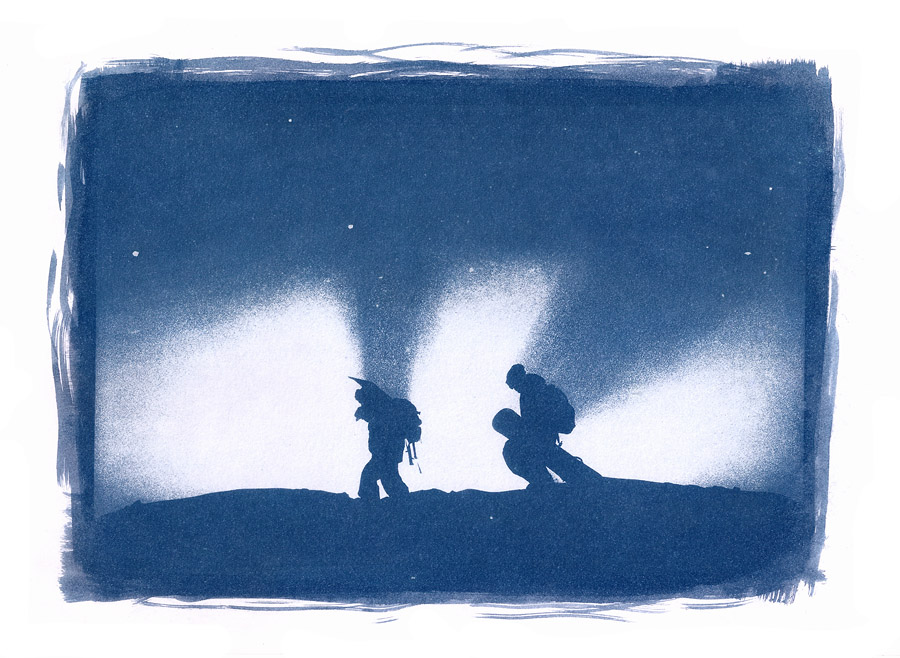
Sometimes it works out perfect though, like when a brand like Slash asks me to shoot how I want and make B&W prints for their adds. I try to live off of it the best I can. As long as there will be magazines to run my photos and people to buy prints from me, I should hopefully be able to go on this way. Another solution would be to try to become senior photographer for a single magazine (if they would want of me!) but I might love my freedom too much for this ! When I take a photo I’m thinking of what kind of print I’m going to make of it in the end of the process. In the darkroom it takes around four hours to get the final good print of two, sometimes three or four negatives. That’s when I do regular or lith prints, when doing other processes like bromoils for example, it can take much longer. Nothing beats the feeling of creating a picture by the chemical and mechanical way, hold it in your hands and then hang it, or give it to the riders or friends, so I’m happy to take the risk.
What are you interested in shooting outside of snowboarding?
I must confess, not many things. I’m very interested in watching art, and all kind of photos, but haven’t really figured out yet how or what I’d like to produce myself. I’m kind of a utopist and I don’t want to try something if I don’t feel like it’s going to be really good. Now I’d rather focus on making very few photos but important ones. Recently though I started a photo work of crows called Emperor. In the future I want to spend more of my summer time on side projects like this one. I love doing it; I just need to find my way I guess.
How has your photography influenced your snowboarding, and vice versa?
Well I’m riding a lot but mostly with the heavy backpack, so it’s hard for us photographers and filmers to keep progressing in snowboarding. But I still love it as much, I put down the pack every time it’s possible and go for free runs in the pow, like everybody else I’m sure! I’m usually far from snowparks so my freestyle skills are not getting really better, and that sucks. But riding with such good riders pushes me to try stuff that I’d otherwise be afraid to try. Thanks to them I look at features differently and see more possibilities. Riding and shooting are bound together for me now so I don’t know. I love to have just a light camera in my hand and to followcam friends all day, that’s the best feeling because it combines the two.
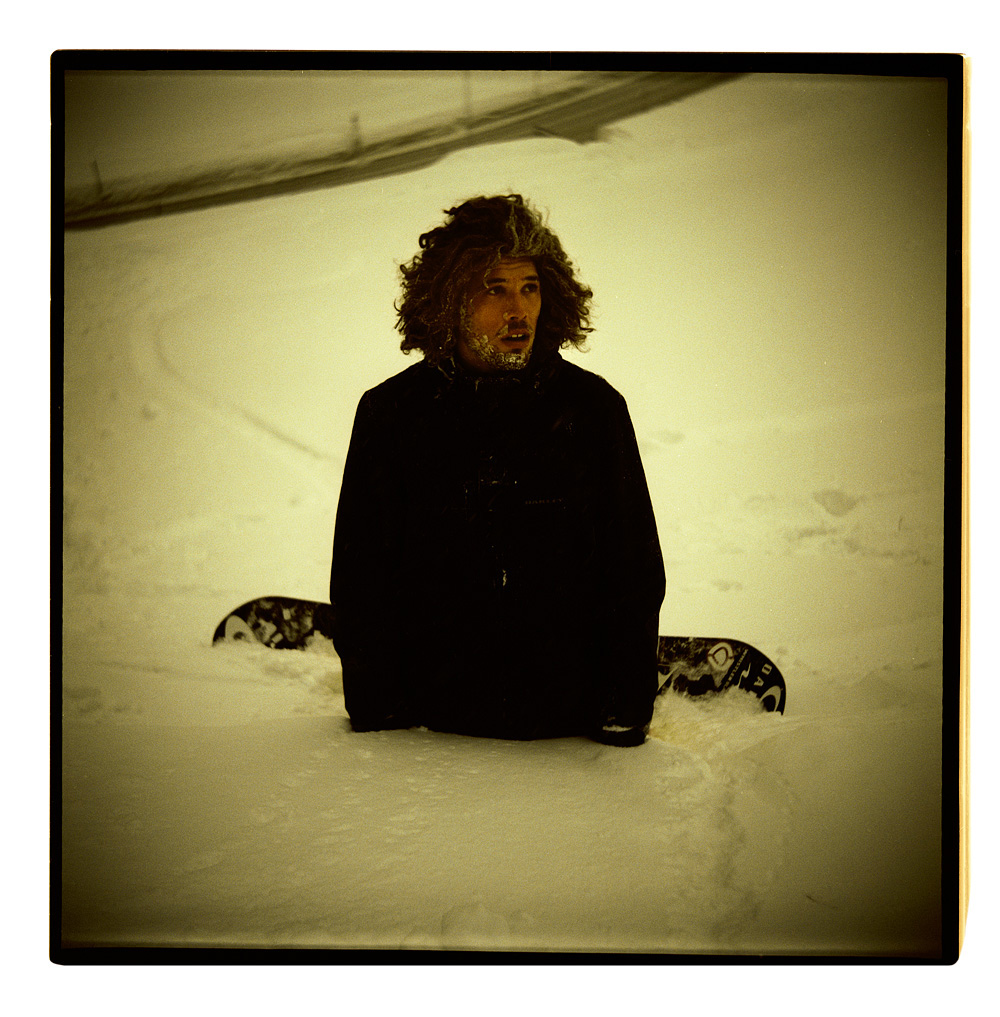
Stay tuned— round 2 of the Jérôme Tanon interview is coming soon! In the meantime, check out more of Tanon’s jaw dropping work, here:
